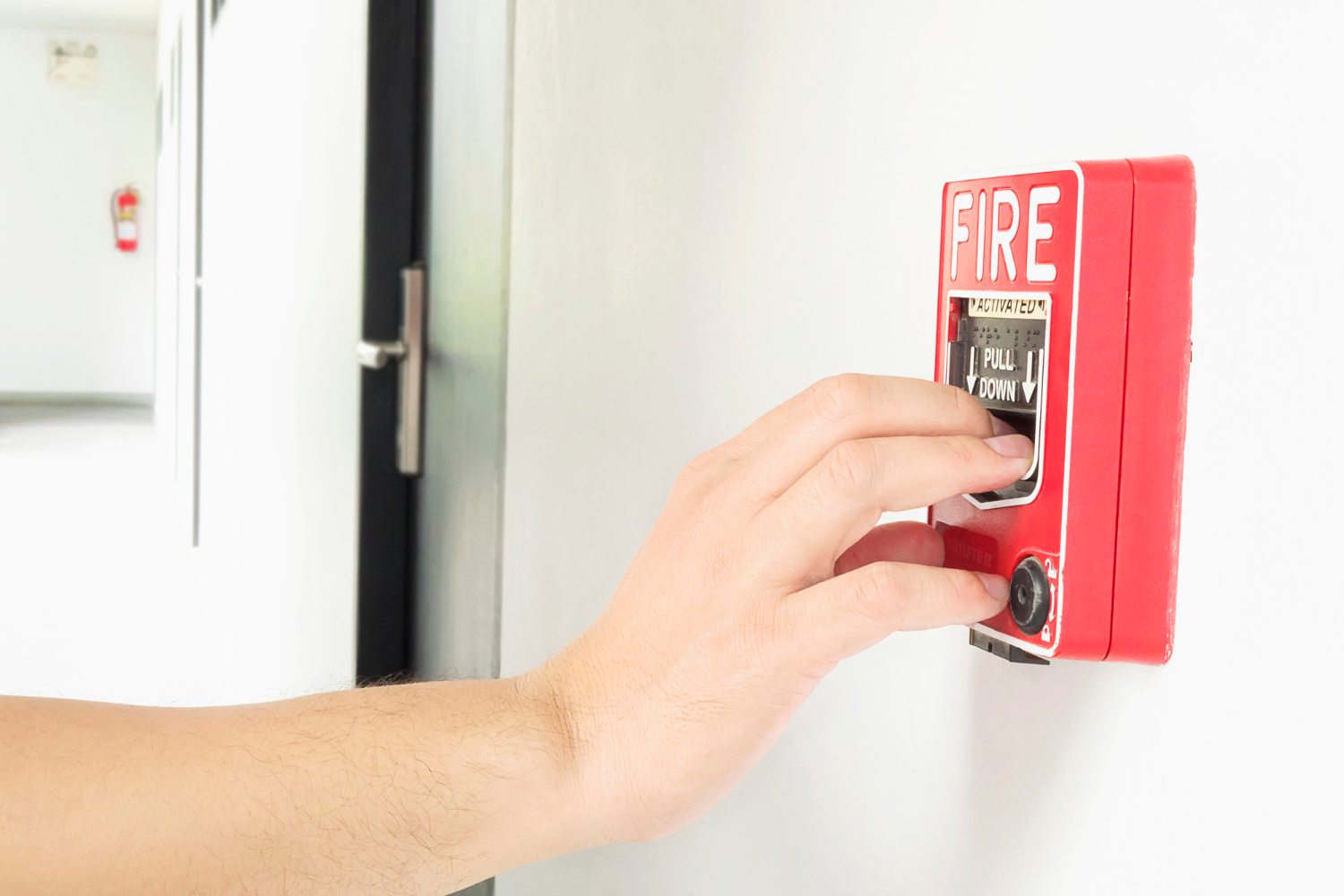
When it comes to protecting life and property, few systems are as critical as the automatic fire alarm system. But what exactly does it do, and why is it essential for commercial properties, public buildings, and residential complexes alike?
In this article, we’ll answer the question: what is the primary purpose of an automatic fire alarm system, and explore how it works, where it’s used, and why every business or facilities manager should ensure their system is up to standard.
What is an Automatic Fire Alarm System?
An automatic fire alarm system is designed to detect signs of fire, such as smoke, heat, or flames, without human intervention. Once a potential fire is detected, the system automatically triggers an alert, typically in the form of sirens, visual beacons, or automated notifications to building occupants and emergency services.
Unlike manual alarm systems, which require someone to press a call point or pull a fire alarm, automatic systems operate 24/7, scanning the environment continuously and responding instantly.
What Is the Primary Purpose of an Automatic Fire Alarm System?
The primary purpose of an automatic fire alarm system is to provide early detection and warning of a fire to enable safe evacuation and reduce harm to people, property, and operations.
Early detection saves lives. The sooner a fire is identified, the faster people can evacuate, emergency services can respond, and damage can be contained. In environments like care homes, hospitals, schools, warehouses, or office blocks, where evacuation time can be critical, this immediate alert is vital.
In summary, the core goals are:
- Life Safety: Alerting people early so they can evacuate before conditions become life-threatening.
- Property Protection: Minimising structural and equipment damage by detecting fires in their earliest stages.
- Business Continuity: Reducing downtime, liability, and disruption by enabling fast response.
- Regulatory Compliance: Meeting legal requirements under the UK’s Regulatory Reform (Fire Safety) Order 2005.
How Does an Automatic Fire Alarm System Work?
An automatic fire alarm system typically includes the following components:
- Fire detectors: Smoke detectors, heat detectors, flame detectors, or multi-sensor units placed throughout the premises.
- Control panel: The brain of the system, which processes input from detectors and activates alarms or other responses.
- Alarm sounders and beacons: Audible and visual alerts to warn building occupants.
- Manual call points (as a backup): Allow users to trigger alarms manually.
- Communication systems: Some setups include remote monitoring, SMS alerts, or direct lines to the fire brigade.
More advanced systems may also include:
- Automatic shutdowns of HVAC systems
- Activation of fire suppression systems
- Zoned alarms for large buildings
- Voice evacuation messages
Where Are Automatic Fire Alarm Systems Required and Advisable?
In the UK, fire alarm requirements vary depending on the building type, risk level, and occupancy. However, they are strongly recommended, or legally required, in buildings and establishments such as:
- Care homes
- Hotels and hostels
- Schools and universities
- High-occupancy residential blocks
- Offices and commercial spaces
- Warehouses and factories
- Public venues like theatres or leisure centres
Your fire risk assessment will determine the exact category and coverage level required, based on BS 5839-1:2017 standards (e.g. L1, L2, L3 system types).
Legal Compliance and the Role of Fire Risk Assessments
If you’re asking, what is the primary purpose of an automatic fire alarm system, it’s not just about safety; it’s also about staying compliant.
Under the Regulatory Reform (Fire Safety) Order 2005, employers, building owners, and landlords must:
- Conduct a regular fire risk assessment
- Install appropriate fire detection and warning systems
- Maintain and test the system regularly
- Train staff on emergency procedures
Failing to comply can lead to enforcement notices, hefty fines, or even criminal charges, especially if negligence contributes to injury or death during a fire.
Professional Installation and Maintenance: Why It Matters
An automatic fire alarm system is only as good as its design, installation, and upkeep.
Amax Fire & Security provides:
- Custom system design tailored to your premises and risks
- BAFE-accredited installation and commissioning
- Integration with access control, suppression, and emergency lighting systems
- Ongoing testing, maintenance, and 24/7 support
Regular maintenance ensures your system functions correctly during an emergency and helps avoid false alarms, which can lead to fines or complacency.
The Bottom Line: Why Your Building Needs an Automatic Fire Alarm System
Let’s go back to the core question: what is the primary purpose of an automatic fire alarm system?
It’s to detect fires early and alert people instantly, so they can evacuate safely and emergency responders can act quickly.
Whether you’re managing an office, care home, warehouse, or school, an automatic system is the fastest and most reliable way to protect what matters most.
Need Help Choosing the Right Fire Alarm System?
At Amax Fire & Security, we help businesses and organisations across the UK design and maintain robust fire safety solutions built around the unique needs of your premises and people.
Contact us today for a free consultation or to book a fire risk assessment. Let’s make sure your building is protected, compliant, and always one step ahead of fire risk.


